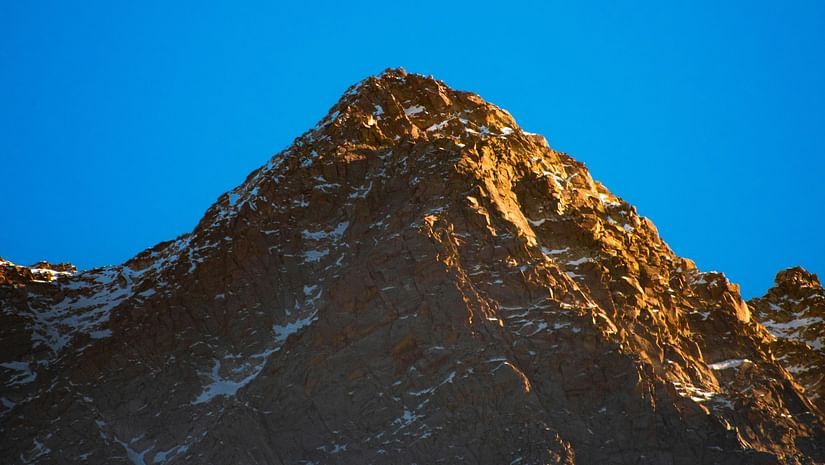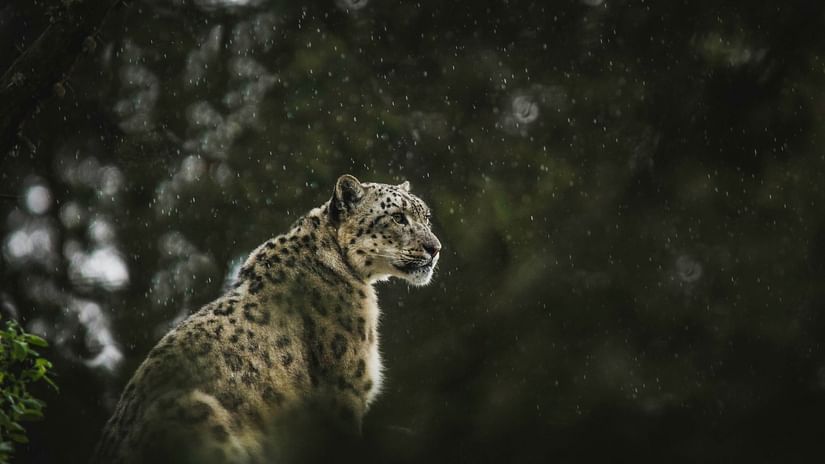- Offbeat Places in Manali
- Wildlife Sanctuary in Manali
- Trekking in Manali
- Hadimba Devi Temple
- Best Time to Visit Manali
- Sightseeing in Manali
- Tourist Places in Manali
- Hidden Gems of Manali
- Manali Famous Food
- Great Himalayan National Park, Himachal Pradesh
- Manali to Solang Valley
- Atal Tunnel, Manali
- Things to do in Manali
- The Perfect Manali Itinerary for 3 Days
- New Year in Manali
- Vashisht Temple Manali
- Manali vs Shimla
- Adventure Activities in Manali
- Spend This Summer Vacation in Manali
- A Guide to Paragliding in Manali
- Spellbound Snowfall in Manali
- Celebrate the New Year in Manali
- The Vibrant Apple Season in Manali
- Best Places to Visit In Manali
- Wed Amid the Mountains in Manali

The Himalayas, the "roof of the world," are home to breathtaking landscapes, diverse ecosystems, and a wealth of biodiversity. Nestled amidst these majestic peaks lies the Great Himalayan National Park (GHNP), a haven for nature enthusiasts and a UNESCO World Heritage Site.
A Crown Jewel of Biodiversity: Why is it Famous?
Established in 1984, GHNP spans over 1171 sq. km.
- Unparalleled Beauty: GHNP has towering snow-capped peaks, sprawling meadows carpeted with wildflowers, and pristine glacial lakes reflecting the azure sky.
- Outstanding Biodiversity: GHNP is a treasure trove of flora and fauna. With over 800 species of vascular plants, 192 species of lichen, and numerous mammals, birds, reptiles, and insects.


- Endangered Species Haven: The park is a crucial habitat for endangered species such as the Western Tragopan and the Himalayan Brown Bear.
- Cultural Significance: Local communities in the park's buffer zone have coexisted with this ecosystem for generations, contributing traditional practices and knowledge to its conservation.
A Wildlife Wonderland: Animals You Can Encounter
A trek through GHNP is a wildlife safari unlike any other. Here are some of the fascinating creatures you might encounter.
- Mammals: Keep an eye out for the majestic Himalayan Thar, the elusive Snow Leopard, the playful Himalayan Black Bear, and the adorable Red Fox.


- Birds: The crisp mountain air is alive with the calls of birds like the colourful Himalayan Monal pheasant, the lammergeier, also known as the bearded vulture, and the melodic Himalayan Griffon vulture.
- Other Fauna: Look for reptiles like the Himalayan Newt and amphibians like the Kashmir Valley Toad. The park also boasts a diverse insect population, including butterflies and moths that add bursts of colour to the landscape.
Manali to Great Himalayan National Park Trek
Manali, a popular hill station in Himachal Pradesh, serves as the most common starting point for exploring GHNP. Here's a glimpse into the trek.
- Distance, Difficulty and Duration: The distance from Manali to GHNP varies by route, with the trek ranging from moderate to challenging, and requiring good physical fitness. It takes 3 to 5 days, depending on pace and route.


- The Route: Several routes lead to GHNP from Manali. Popular options include the Hampta Pass Trek, the Chandratal Trek, and the Kullu Valley Trek. Each route offers unique landscapes and challenges. Choosing the right one depends on your experience level and desired experience.
- Important Note: GHNP is a protected area, and permits are mandatory for trekking. Ensure you obtain the necessary permits and hire a registered guide for a safe and responsible exploration.
The Great Himalayan National Park offers a unique blend of breathtaking landscapes, diverse wildlife, and a chance to experience the rich cultural heritage of the Himalayas. When you are planning the Manali to Great Himalayan National Park trek and getting yourself acclimatised for the trek, we suggest staying at The Orchid Manali. This boutique hotel is your ideal stay with five types of luxurious accommodations, a restaurant, an indoor games arena and a swimming pool. So, lace up your hiking boots, embrace the spirit of adventure, and prepare to be captivated by the magic of this UNESCO World Heritage Site.